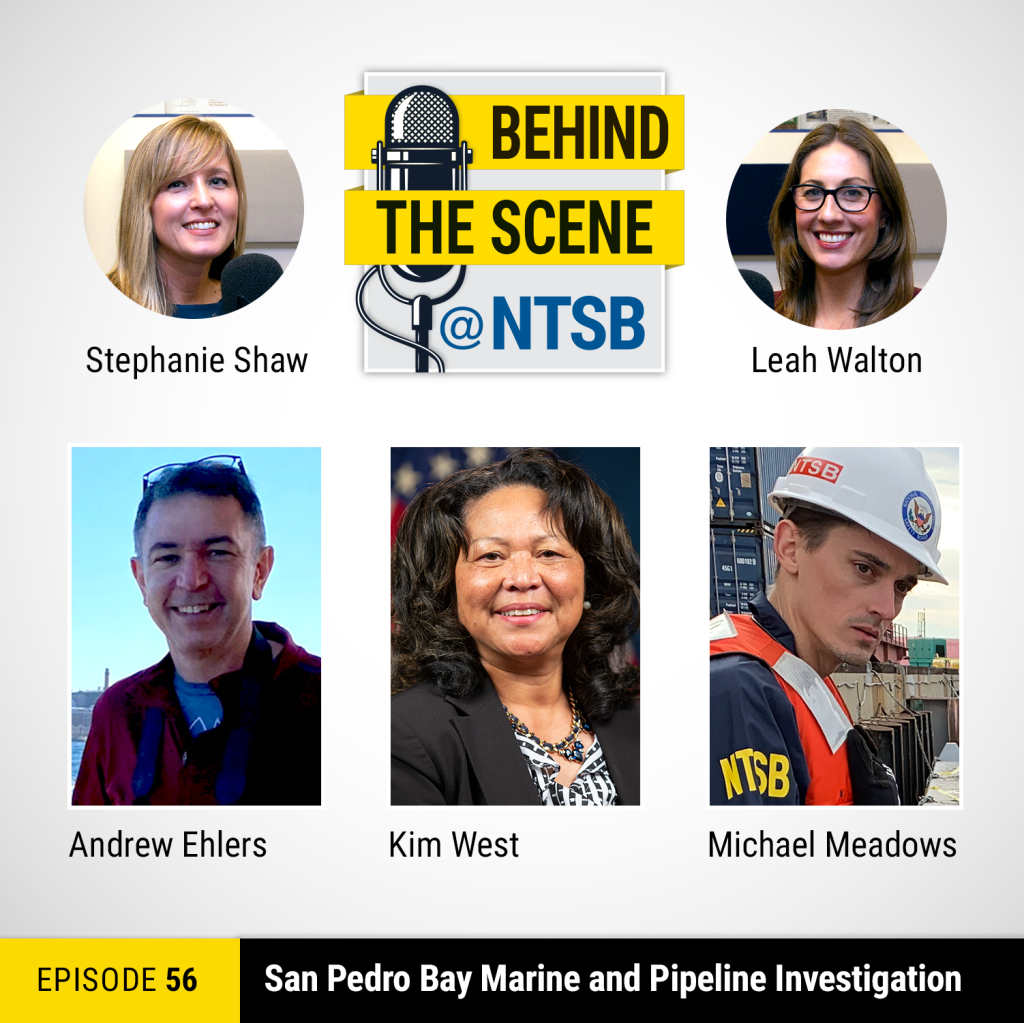By Stephanie Matonek, NTSB Transportation Disaster Assistance Specialist
Today, the third International Day Commemorating Air Crash Victims and their Families, we join with survivors in remembering those they have lost.
Three years ago, the International Civil Aviation Organization (ICAO), in cooperation with the Air Crash Victims’ Families’ Federation International (ACVFFI), designated February 20 the International Day Commemorating Air Crash Victims and Their Families. This observance was established to ensure we never forget about the victims and their families, or the unimaginable journey these families faced in the aftermath of an aviation disaster.
In the United States, the NTSB’s Family Assistance program was established in part by the tireless efforts of survivors and family members advocating for change after experiencing loss and suffering from aviation disasters in the 80s and early 90s. Today, the NTSB’s Transportation Disaster Assistance (TDA) team continues this important work to ensure survivors and families are provided information, resources, and support after a disaster, no matter what mode of transportation it occurs in. Yet the TDA team that is responsible for this program cannot do this work alone. Over the decades since the NTSB’s family assistance program began, the partnerships we have made with organizations and agencies from around the world and involved in providing family assistance after transportation disasters have become an integral part of our existence. In fact, our team today is continuously reminded how important and valuable these partnerships are to ensuring we meet the fundamental needs of survivors and families when tragedy strikes.

One partnership in particular has been vital to the NTSB’s family assistance program since its inception: the American Red Cross. At the request of the TDA team, the Red Cross provides direct care and support to hundreds of families and survivors yearly. These efforts can be seen during NTSB public events, through direct requests by those TDA assists, and on-scene at accidents that NTSB investigates.
Today we remember each and every air crash victim we have lost, and their families. And we extend our appreciation to our family assistance partners that help us ensure that those who are affected most, survivors and families, get the care and support they need, no matter where or when a disaster occurs.



